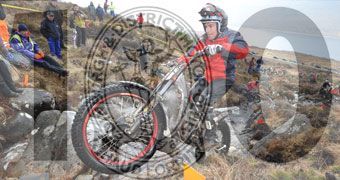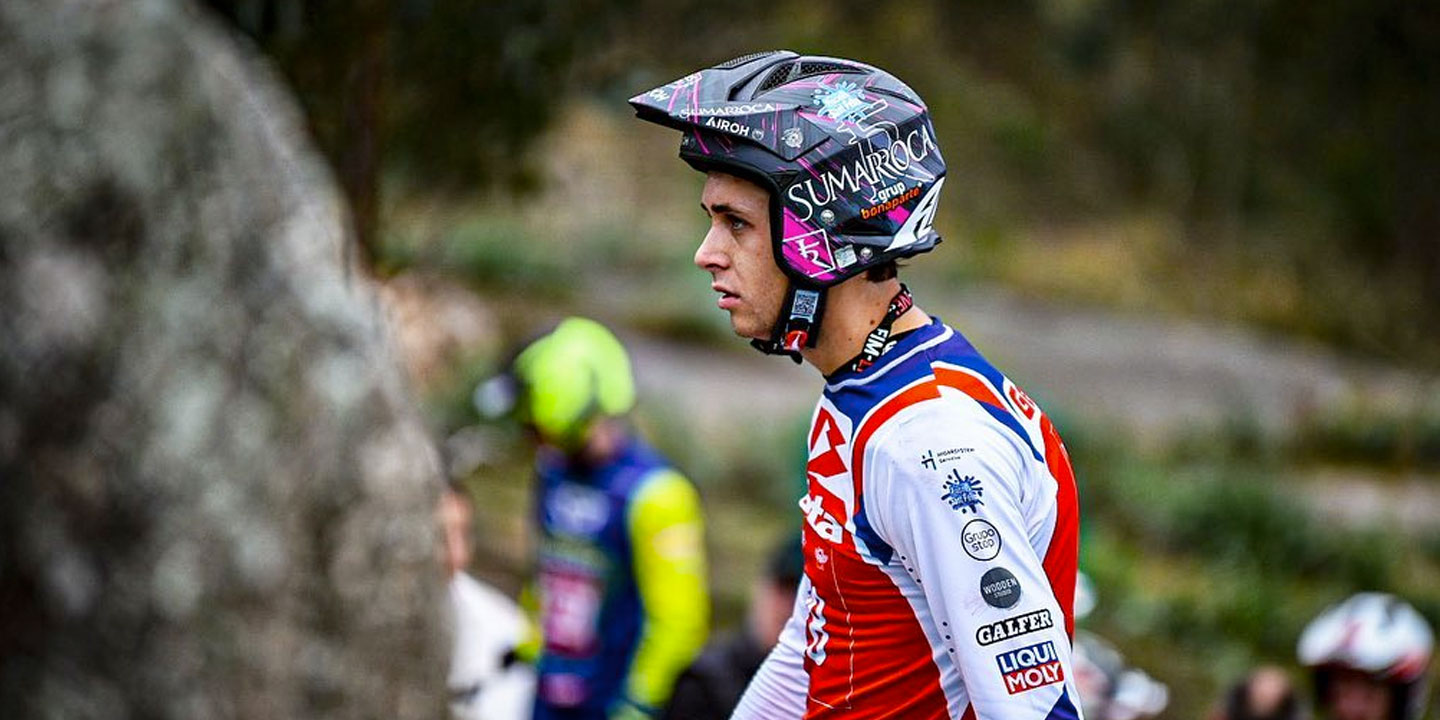
The inclement weather in Scotland and the large inter-zones are two features that distinguish SSDTs, so let’s see how we should prepare for a race of these characteristics.
Text: Trialworld / Photos: archive and G2F
Suspensions: the terrain is very slippery, the absence of steps and the usually cold temperature recommend a very soft and smooth setting of the suspensions. The fork has to be disassembled, its components tuned and the oil replaced by a more fluid one. The shock absorber should be checked at the spring and hydraulic level.

Carburetion: it is necessary to check the flow of gasoline offered by the tap and the level recommended by the manufacturer of the carburetor tank, since with so many kilometers on asphalt it is easy for the power supply to fall short and suffer the aforementioned risk of seizure.
Cooling: There are many engines that break down simply because of lack of cooling as mud accumulates and prevents fresh air from entering the radiator. For this reason, it is advisable to mount a skirt at the end of the front fender, in order to minimize accumulation and splashing. One trick is to manipulate the radiator guard and position it in such a way that we don’t need tools to disassemble it and clean the accumulated mud.
Air filter: it is advisable to cover any possible access to the water and mud air filter with duct tape . It should always be well oiled with a specific product.

Footpegs: it is advisable to file the teeth and leave the edges more lively to improve grip in areas of water and mud.
Tires: Pressures must be very low for optimal grip. We recommend putting 230 grams at the back and 350 grams at the front (cold). In addition, it is advisable to change the rear tyre on the third day.
Dust covers: it is highly recommended to remove the fork dust covers every day and thoroughly clean the seals, adding oil (multipurpose). It is a place where a lot of dirt accumulates, especially if it rains.
Easel: always assembled.
Spare parts: you must bring a fanny pack with a chain link, duct tape, zip ties, puncture repair kit, a front tube, spark plug and air filter. A little wire won’t hurt either.

Race maintenance: the air filter must be cleaned daily, the carburetor tank must be loosened in case water has entered, the bike must be well oiled and the spark plug must be checked.
Career Tips
Mentalize: during long interzone tours it is easy to lose concentration and arrive at the zone dispersed. That’s why it’s good to stop a little and analyze the area well, even doing some stretches to be looser in the area. It is key to pay attention to the small details as the areas are not difficult and the points can be decisive.
Food: always carry some energy bars so you don’t lose strength during the race. Just don’t stop to eat for a long time so you don’t get cold.

Black Waters: These mud traps are very dangerous, as it’s easy to bury the bike and shoot over the handlebars. When there are suspicions, it is best to go through the highest areas and avoid ruts. If you fall into the trap of black waters, it’s best to turn off the engine to prevent the air filter from sucking in the mud and try to rock the bike from side to side.
Clothing: mainly winter clothing, with a raincoat, cross goggles fastened with duct tape and it is advisable to wear a protective mask. We recommend bringing a double set of gloves, one of them made of neoprene for the interzones and another thinner pair for the zones.
{bonckowall source=”2″ pkey=”album” pvalue=”dqtrialworld” pvalue2=”PreparaTheSSDT” } {/bonc
kowall}









